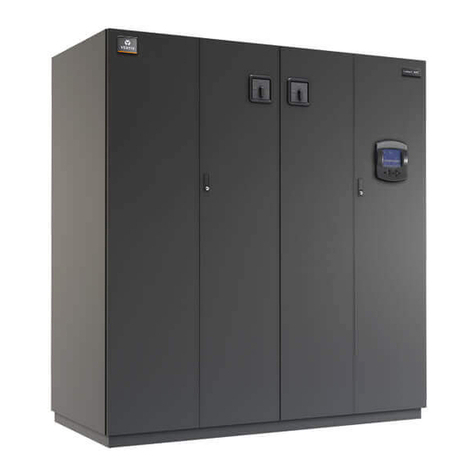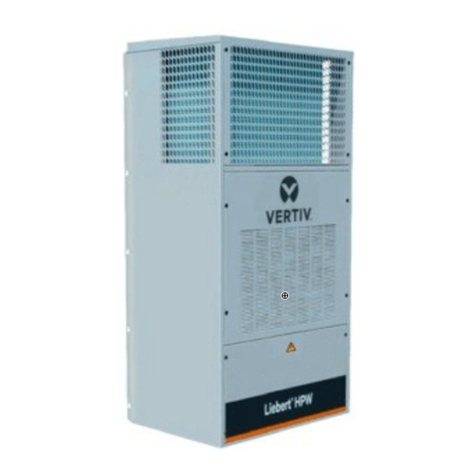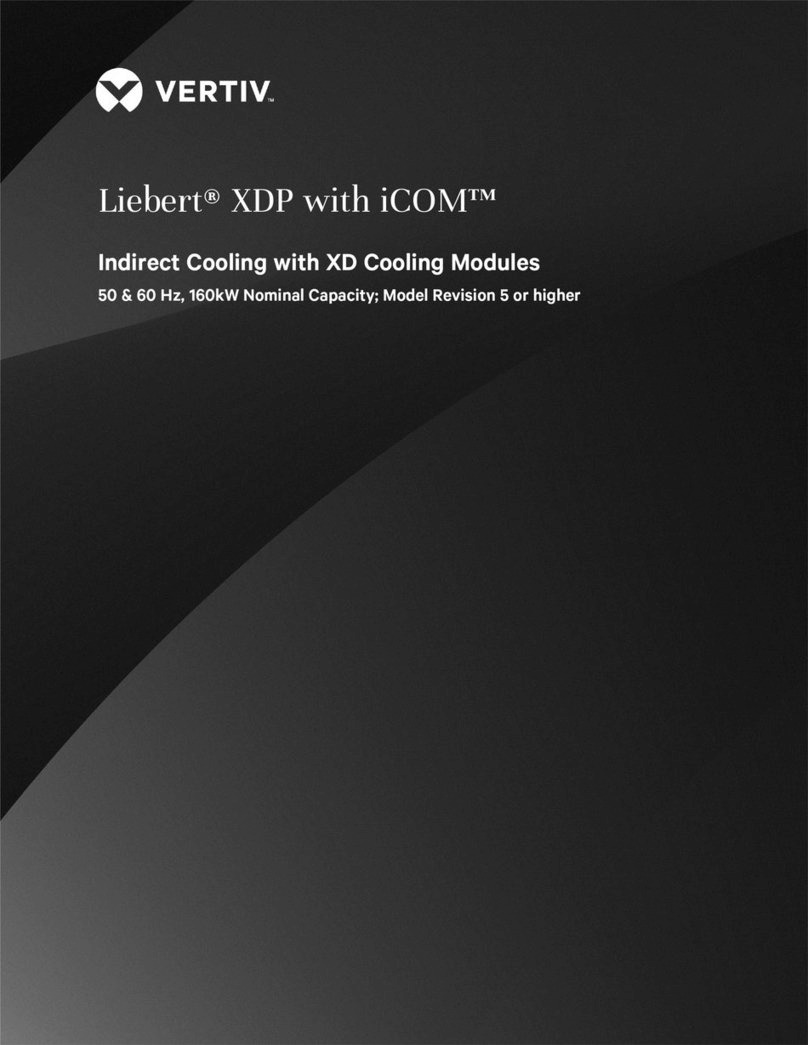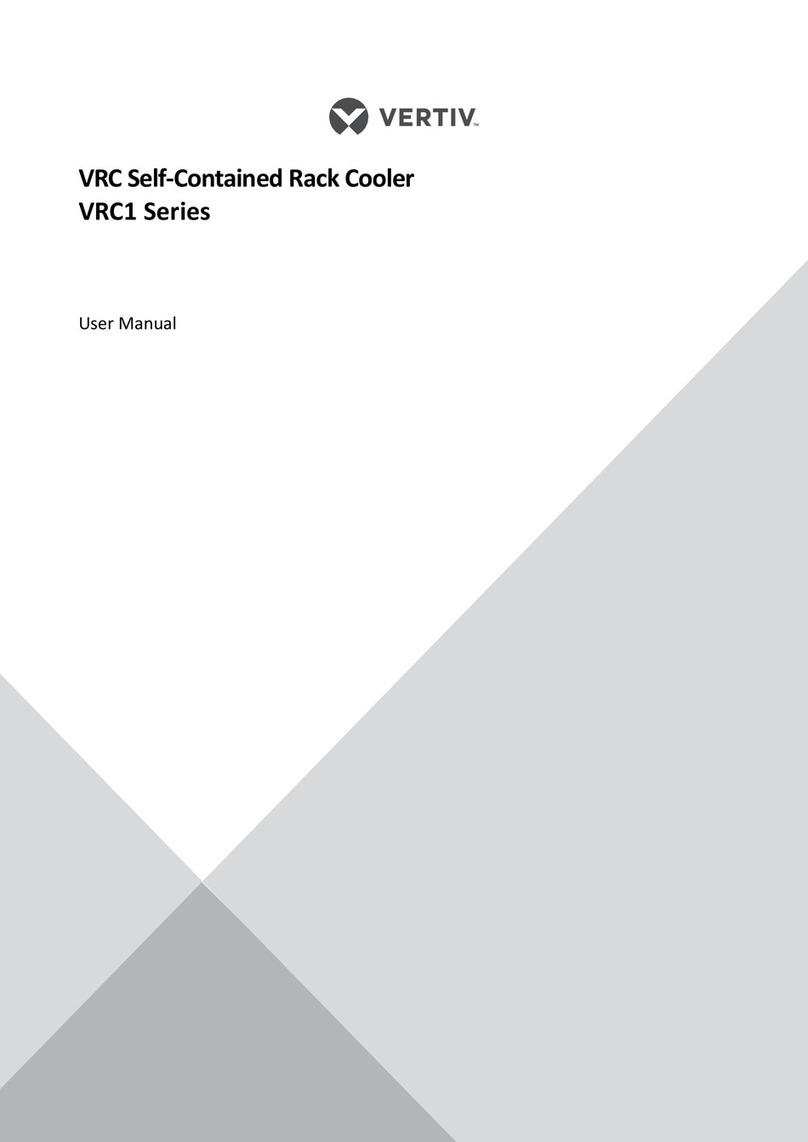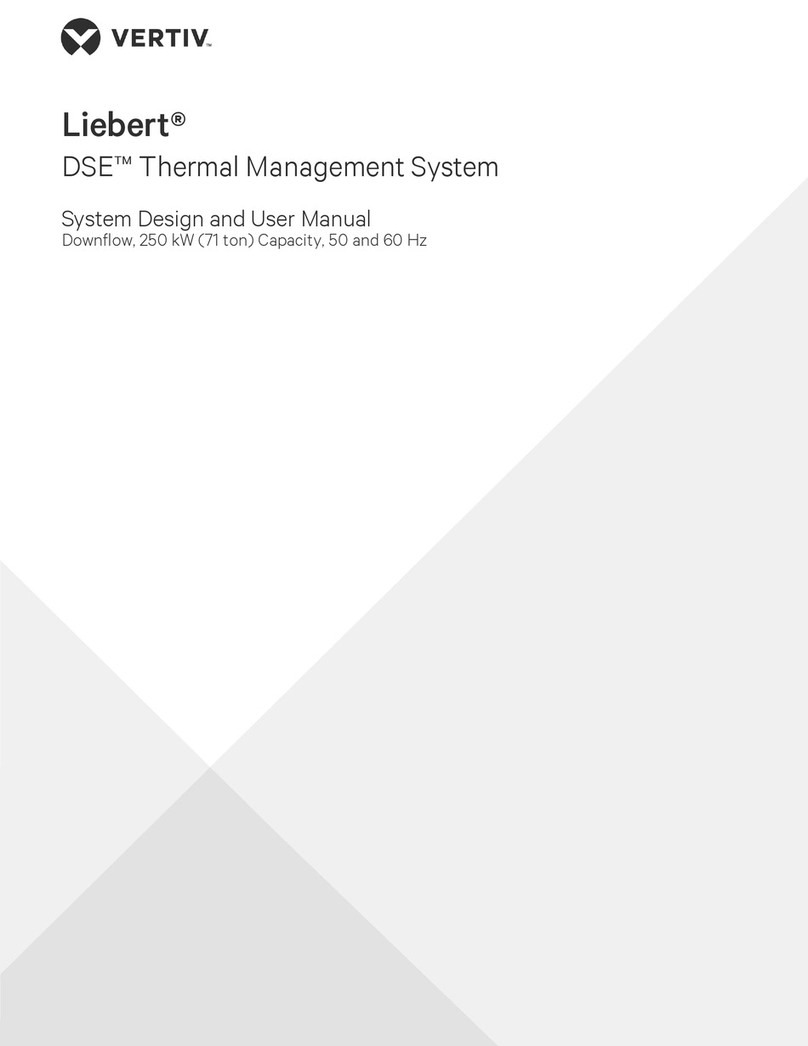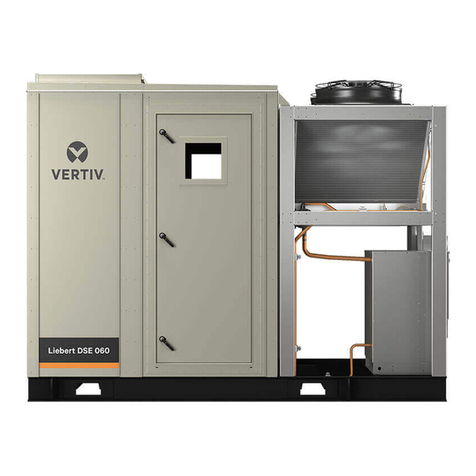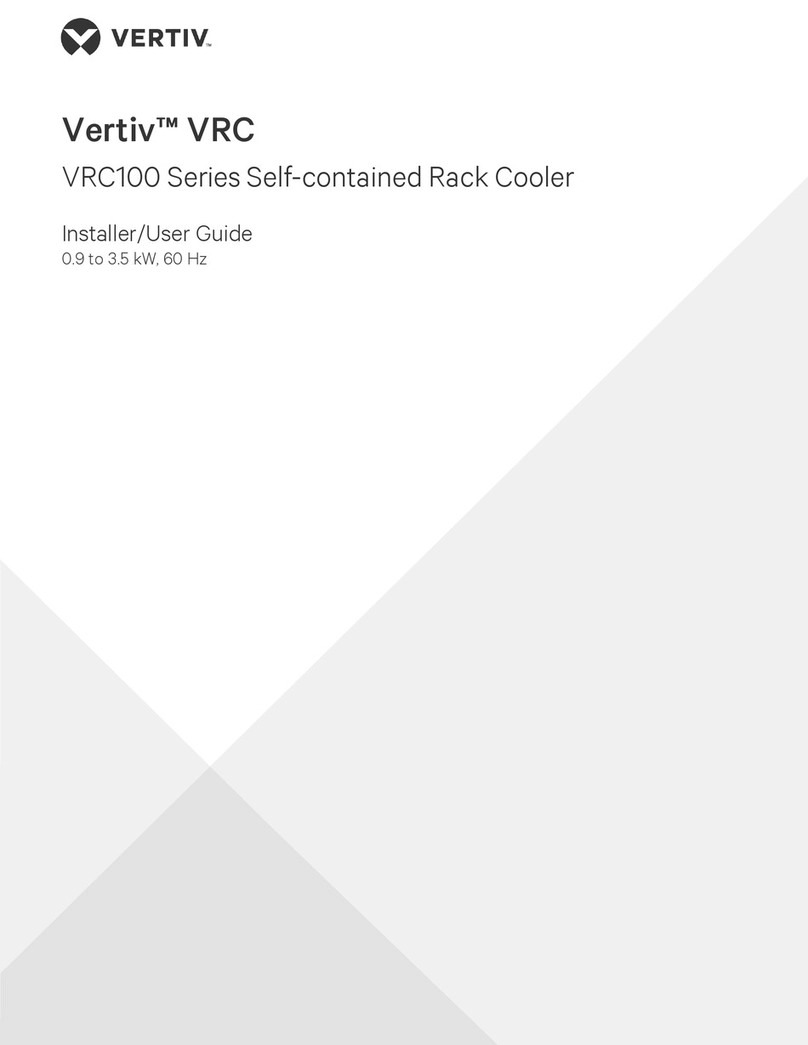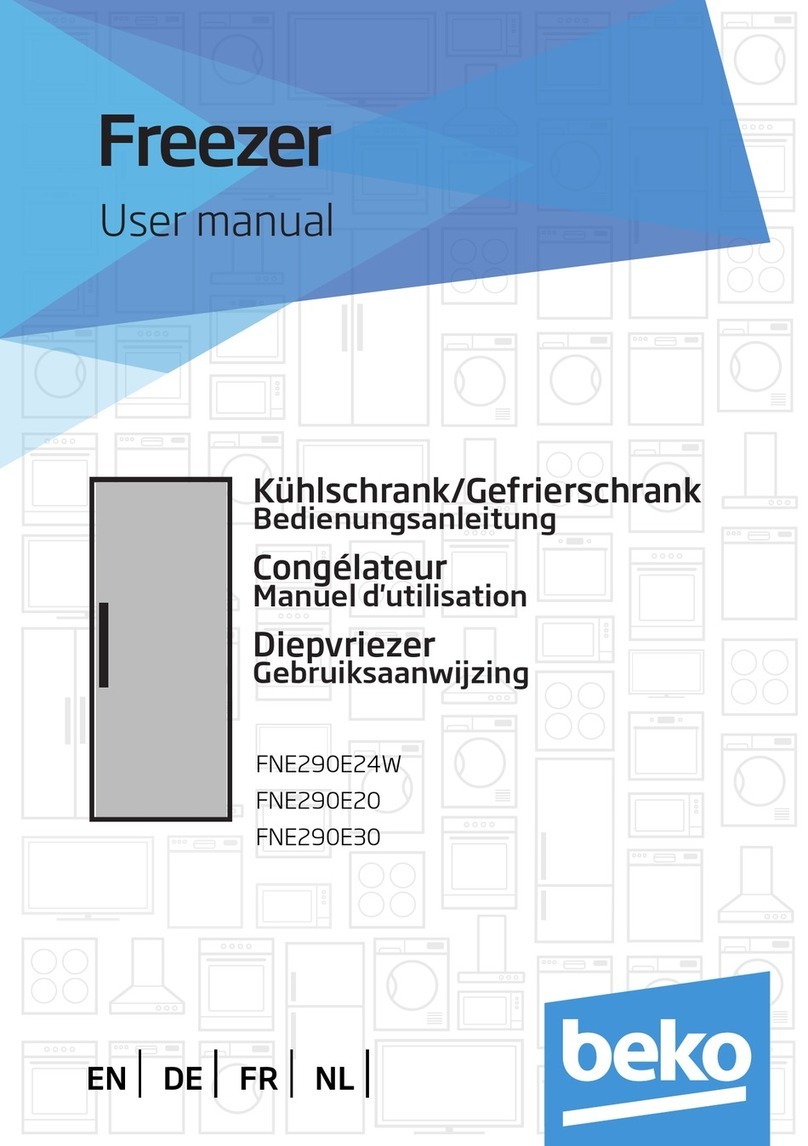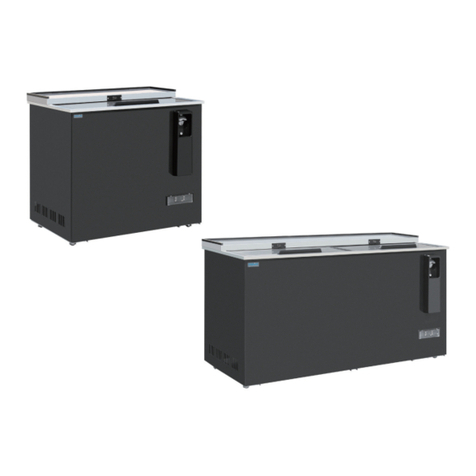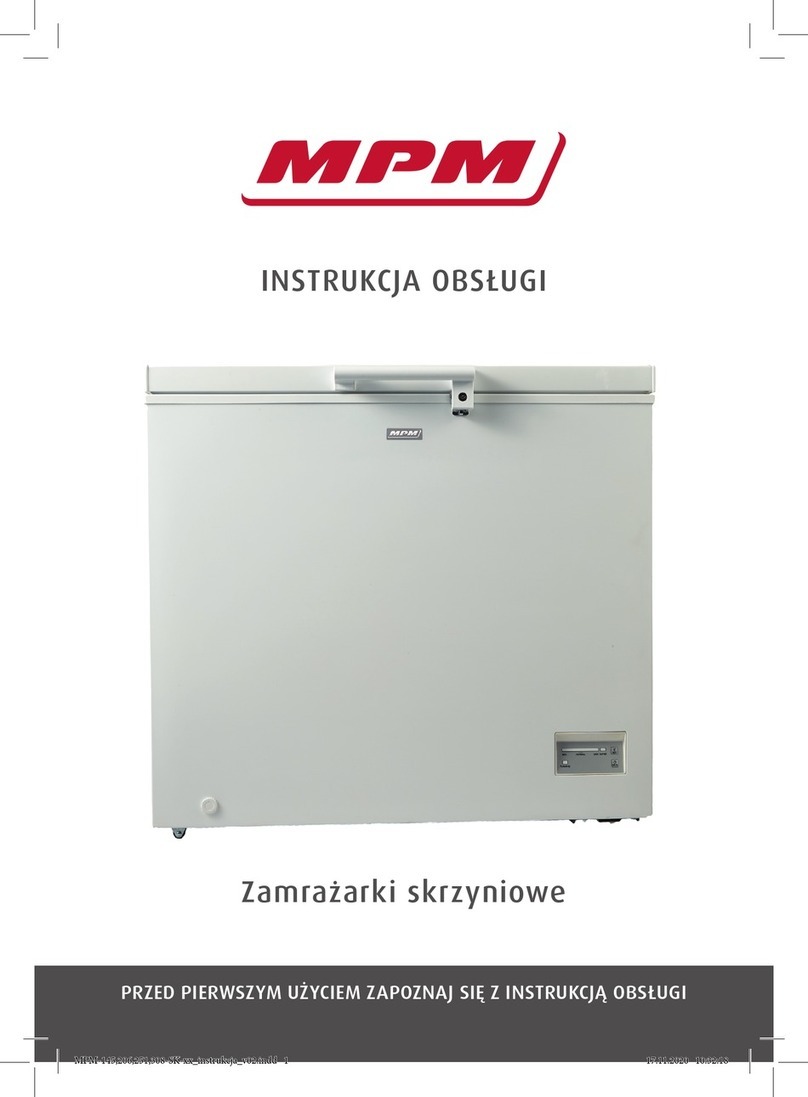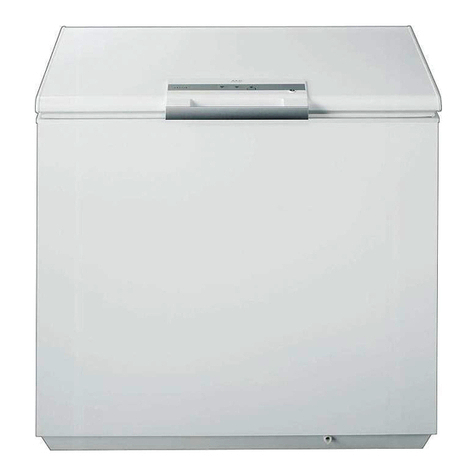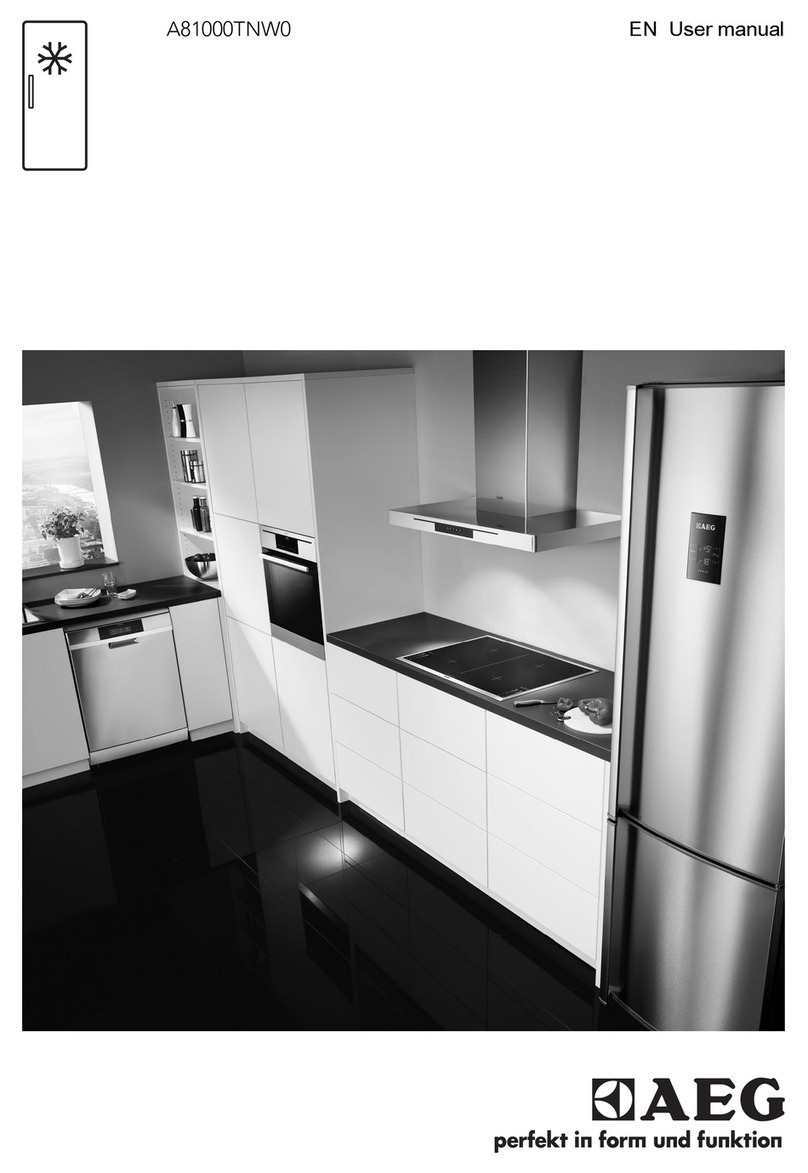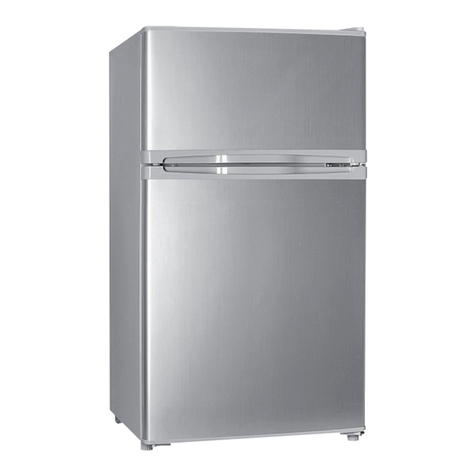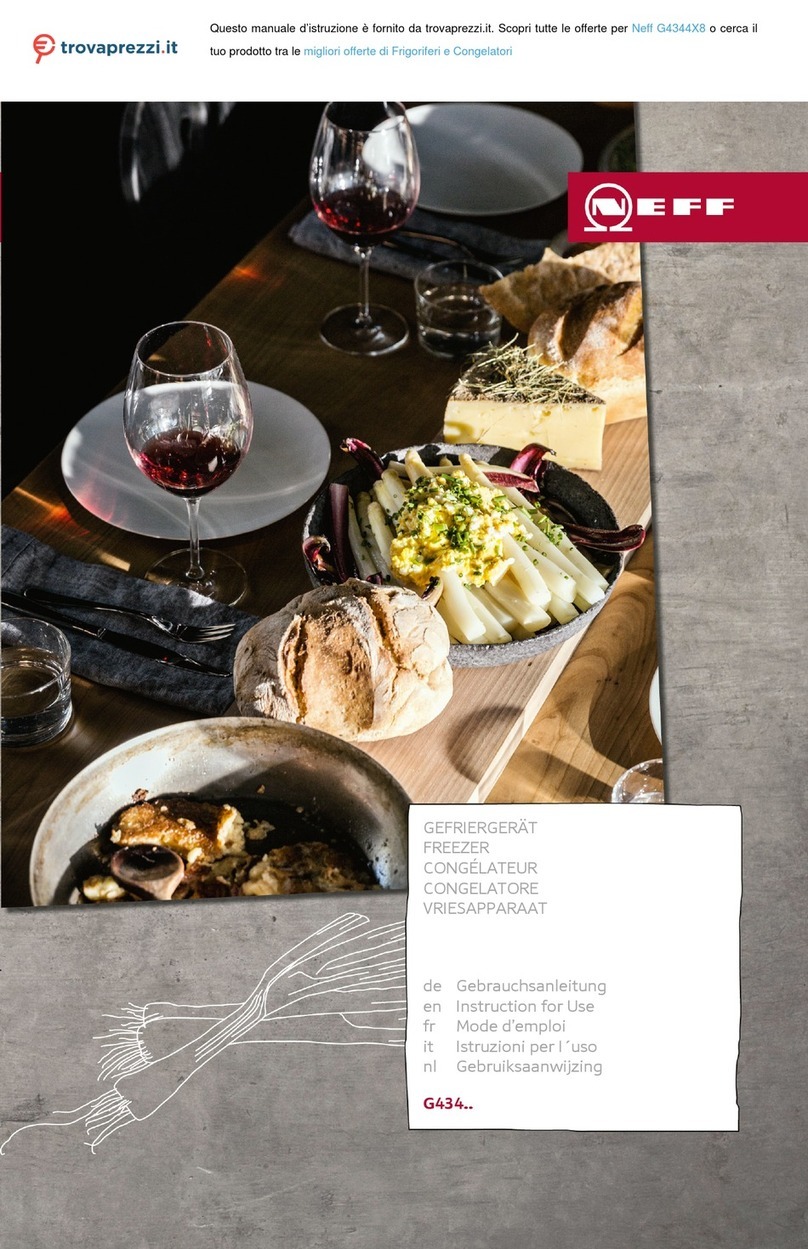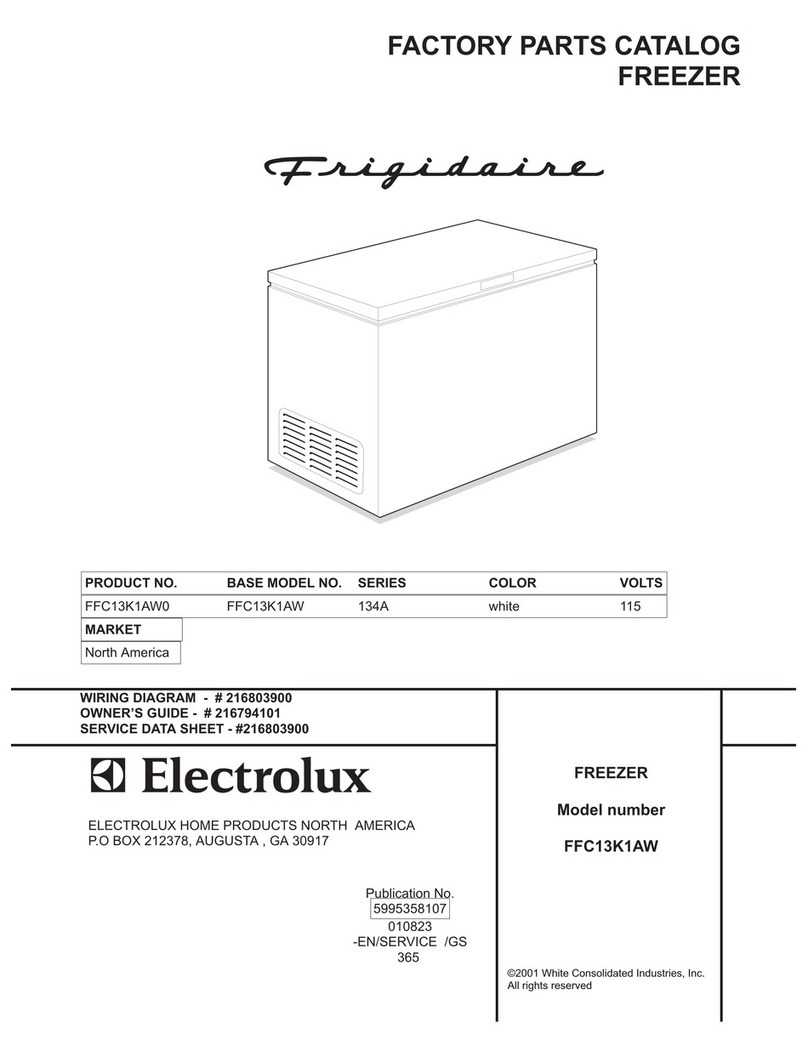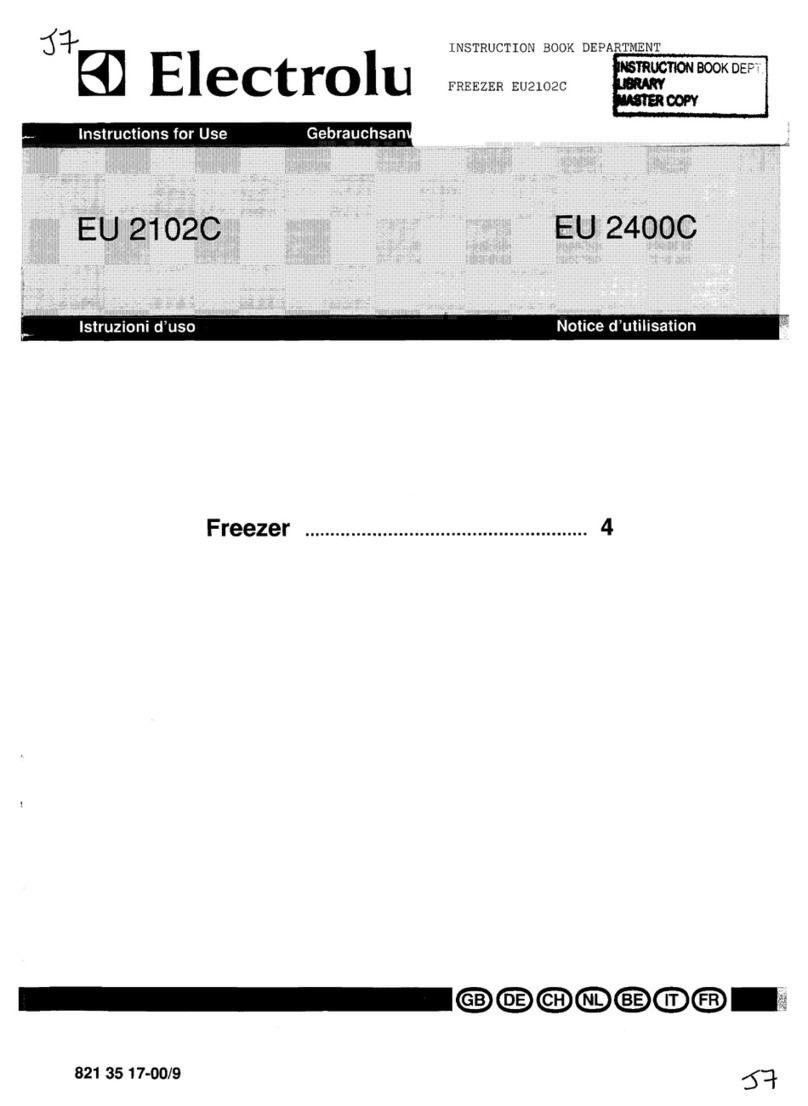
3English
Liebert HPM --- A/W/F/D/H
For A and D units
Outdoor temperature: lower limit
Exceeding of winter lower limits will temporarily cause a compressor
stop.
down to +10° C from +9° C to
--- 2 0 ° C b e l o w --- 2 1 ° C
standard unit VARIEX required Consult HPAC Tech-
nical Sales Support
Outdoor temperature: higher limit
This limit is determined by coupled condenser model. Exceeding of this
limit (or a lack of maintenance), will caused a compressor stop by HP
safety thermostat. Reset to normal operation can only be carried out
manually.
Relative position room unit vs. remote condenser
From unit to condens-
er max distance
up to 30 m
equivalent length
from 30 to 50 m
equivalent length
From unit to condens-
er max geodetic
height (1) (2)
from 20 m to ---3 m from 30 m to ---8 m
Requirements
Pipe diameter see Tab. c see Tab. c
Oil traps on vertical
line of gas refrige-
rant
every 6 m, max every 6 m, max
Extra oil charge see Tab. 8 see Tab. 8
Variex installation suggested mandatory
Condenser design oversized +15%
Hot gas reheat allowed NOT allowed
Additional non
return valve on deli-
very line, at 2 m
from compressor
not
necessary mandatory
For W, F and H units
Water or mixture temperature to condenser,
lower limit (other information par. 5.4) min. 5° C
For F, D and H units
Chilled water circuit
inlet water temperature min. 5°C
water pressure max. 16 bar
Max. differential pressures on the modulating valve
(2 or 3 ways)
--- Max. differential pressure through the closed valve: Δpcv
--- Max. differential pressure across the valve for modulating service:
Δpms
Models Δpcv (kPa) Δpms (kPa)
S1GxF/D/H 300 300
S2ExF/D/H 300 300
S2GxF/D/H 300 300
M2HxF/D/H 300 300
M3FxF/D/H 175 175
M3GxF/D/H 175 175
M4ExF/D/H 175 175
M4HxF/D/H 175 175
M5BxF/D/H 175 175
M5CxF/D/H 175 175
M5DxF/D/H 175 175
L8FxF/D/H 150 200
(1) Positive difference in height: condenser above conditioner
(2) Negative difference in height: condenser below conditioner
Other information in para 5.3.
1.12 -- Noise level limits
The sound pressure level in free field at 1.5 m height and 2 m
in front of the air conditioner, with compressor and fan in op-
erations, is less than 70 dBA for all models.
2 --- General description
2.1 -- Direct expansion units
2.1.1 --- Refrigeration circuit
All models are provided with a single refrigeration circuit, M
and L ranges present also double circuit units. The com-
pressor (1) pumps the hot gaseous refrigerant into an out-
door air---cooled condenser (2). The liquefied refrigerant ar-
rives to a liquid receiver (3) that ensures a constant and even
refrigerant flow to the thermostatic expansion valve (4) and
then arrives to the evaporator (5). Here the refrigerant,
thanks to the heat --- exchanged with the room air moved by
the fan (6) --- evaporates and returns to the compressor (1);
from this, the refrigerant begins a new refrigeration cycle. To
maintain the correct refrigerant discharge pressure, the
speed of the motor fan (8) is controlled (on---off or propor-
tional mode).
Shut---off valves are provided as standard to assist with
routine maintenance.
The compressor (1) has abuilt---in non---returnvalve toavoid
return of liquid refrigerant from the condenser in summer-
time, thus protecting the compressor from undesired refri-
gerant slugging during the start up. A second non---return
valve (7) is recommended to avoid --- in wintertime --- refri-
gerant migration from the liquid pipes and the receiver (3) to
the condenser (2), that should be responsible of low pres-
sure intervention at the start---up of compressor.
For safety reason, a relief valve (9) is installed on the liquid
receiver (3); this valve is equipped with flanged connections
so that the refrigerant may be discharged to the outside.
2.1.2 --- Version A
External air---cooled condenser (2)
The units may be connected with a wide range of our con-
densers in standard or low noise version. For technical data
and performance, refer to the relevant technical documenta-
tion.
Note 1. Units and external condensers are supplied separ-
ately.
Note 2. The room unit refrigeration circuit is pressurised
with helium at 3 bar and the condenserrefrigeration circuit at
2bar with dry air.
Note 3. The customer is responsible for making connec-
tions between the Unit and the external condenser and for
charging with refrigerant (standard R410A) and oil, when re-
quest.
SxxUA
MxxUA
LxxUA
Units
1
2
4
8
5
6
3
9
7
2.1.3 --- Version W
Water---cooled condenser
These units are provided with one very efficient stainless
steel brazed---plate water---cooled condenser (2). The con-

